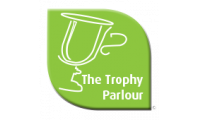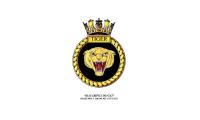[VIDEO CLIP]
This will depend on the ICC suspected or being investigated. Common investigations are described below:
Electrocardiogram (ECG)
An ECG records the rhythm, rate, and electrical activity of your heart. Small electrodes (sticky pads with a special sensor) are put on your chest which are connected by leads to the ECG machine. The ECG can detect electrical ion channel disorders (e.g. Long QT syndrome, Brugada syndrome) and can raise suspicion for many cardiomyopathies.
Echocardiogram
This is an ultrasound scan of your heart that can investigate heart structure and function. In ICC, it is used to diagnose cardiomyopathies as a first line test, and is also helpful to monitor patients with cardiomyopathy sequentially..
Exercise tolerance test (ETT)
This is sometimes called a treadmill test. You will have an ECG, then while walking on a treadmill, further recordings are made of your heart. In ICC clinic, we use this to investigate for ion channel disorders and allows assessment of additive risk for those already identified with ICC.
Holter ECG monitoring
This records your heart rate and rhythm for 24, 48 or 72 hours. 3 disposable adhesive electrodes will be attached by wires to a small recorder which can be clipped to your clothing. This is used to remotely monitor your heart allows assessment of additive risk for those already identified with ICC.
Cardiac MRI scan
A cardiac MRI scan is a non-invasive test that uses an MRI machine to create magnetic and radio waves to show detailed pictures of the inside of your heart. It is now a gold standard investigation for diagnosis of cardiomyopathy, and is commonly used to exclude other conditions that mimic cardiomyopathy.
Drug Provocation tests
This refers to controlled administration of drugs to diagnose ion channel disorders (e.g. brugada syndrome or catecholaminergic polymorphic VT) in those whose ECG at baseline is normal but index of suspicion persists.

































































